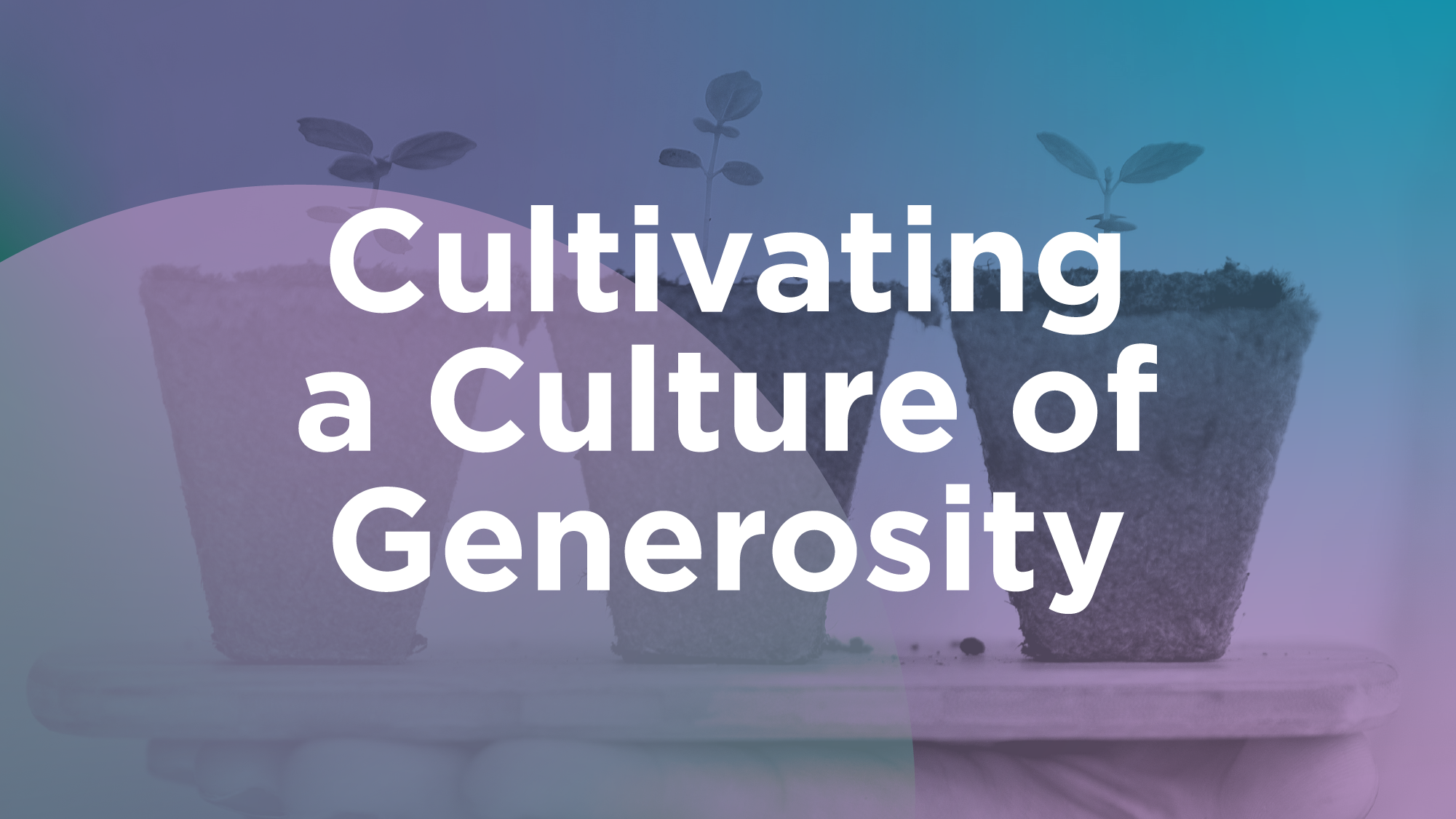Over our years of fundraising experience, we’ve encountered some common misperceptions about why and how people give – and what motivates them to do so. Let’s tuck some of these into bed for a long-needed rest.
“Planned giving is too complicated.”
No, planned giving can be quite simple. To launch a simple bequest program, and most people leave charities a bequest gift rather than a complicated instrument like a charitable remainder trust, you need to make it simple for the donor. Make sure planned giving is a part of your “Other Ways to Give” page on your website. Consider including some simple bequest language, like this:
You may leave (organization name)
- - A stated dollar amount
- - A percentage of your residual estate (what remains after gifts to loved ones and expenses have been paid), or
- - A specific asset, such as securities or other marketable property
How to name (organization name) in your will
Legal name: Your organization’s legal name
Address: Your organization’s mailing address
Federal tax ID#:Your organization’s Federal Tax ID number
This sample language may be useful (organization name and address), [the sum of __________ Dollars ($____)] [ _______ % of the rest, residue, and remainder of my estate], to be used for its general charitable purposes.
Please consult with your attorney or financial advisor if you have questions.
We have also had success identifying people who have already included an organization in their estate plans by issuing a short five-question survey. Reach out to us to learn more.
“I have a development office to do fundraising. I’m the CEO/Executive Director/Head of School and don’t have time for that.”
Yes, sadly we have heard this. Truth is, fundraising is an important part of the executive’s duties. If you treat fundraising as if it’s a necessary evil, that attitude will seep down into your organizational culture, negatively impacting the development team’s work. When the executive embraces and participates in the fundraising function, it rapidly creates a culture of generosity in every department and joyful individual donors.
“Of course, they’ve remembered our organization in their estate planning.”
Really?! What gives you that idea? Do you assume your organization is near and dear to your donors’ hearts? Have they told you your organization is in their will? Here are some hard facts: Death is very often the largest liquidation event in a donor’s lifetime, even more so if they have no heirs. Engage those donors who have given often and regularly over the past three to five years (or longer). Also, engage your long-time volunteers. Speak to your board about an estate gift. “Ye have not, because ye ask not.” James 4:2.
“We must have several big events each year to raise money.”
During 2020 and beyond, one of COVID-19’s victims has been the annual special event or in-person gala. Yes, some organizations pivoted to a “virtual” gala format, but that’s quite different from the in-person large party with some inspiration and entertainment baked in. Special events can be great for “friend-raising,” but so can other strategies, such as small group gatherings with social distancing or virtual gatherings. Major giving from individuals is always the most efficient and effective tactic as opposed to the labor-intensive nature of the large gala. Besides, for every dollar raised by a special event, one-half of it is lost to the gala’s expenses. If God calls us to be wise stewards, why are we counting on galas to “raise” money?
“Our major donors’ children will support us as much as their
parents do.”
This one is always a head-scratcher for us. Yes, some well-off families teach their children to be generous, while others do not. And as those of us who are parents of adult children can attest that every child is an individual and will have different interests and passions than we do. Some people see their giving as transactional (I give you $X, and in return I get X.) This is why it’s sometimes a challenge for a Christian K-12 school to engage parents as donors. They’re already paying tuition, the parents posit, so why should they give over and above that? Never assume loyal generational philanthropy is a given.
“Direct mail is dead. We have to get into digital giving, giving by mobile, and crowdfunding.”
For one thing, direct mail is most definitely alive and kicking. Making it easy for donors to give online is a best practice, but very often direct mail can be powerful and yield good results. As to crowdfunding, we’ve rarely seen it work well for a nonprofit – only for individuals or smaller projects. If you are focusing on direct response, be sure that you use a multi-channel approach, sending complimentary messaging out via social media and your website, re-enforcing the call to action in your mailing.
If you’d like to explore ways to put some of these “sacred cows” to bed at your
organization or ministry, please reach out to us. Small changes can lead to big results.
Schedule a free consultation with one of Generis' Total Advancement Solutions Strategists to learn more.
Share this
You May Also Like
These Related Stories

Cultivating a Culture of Generosity
.png)
A Proven Plan to Increase Generosity at Your Christian School



No Comments Yet
Let us know what you think